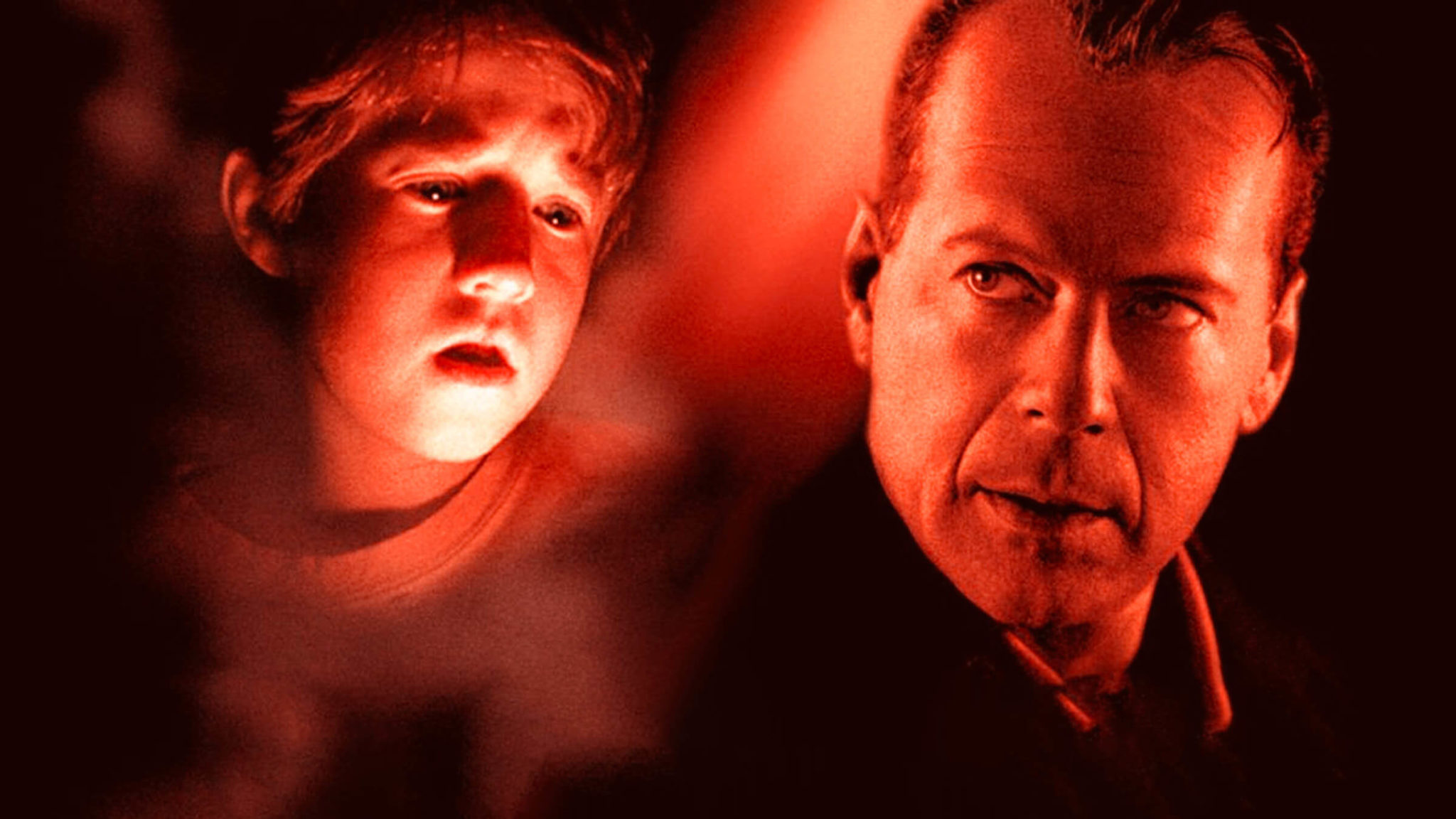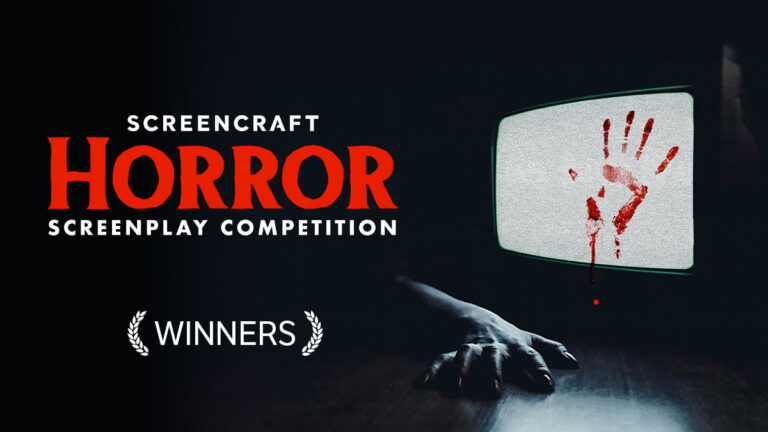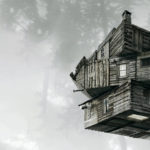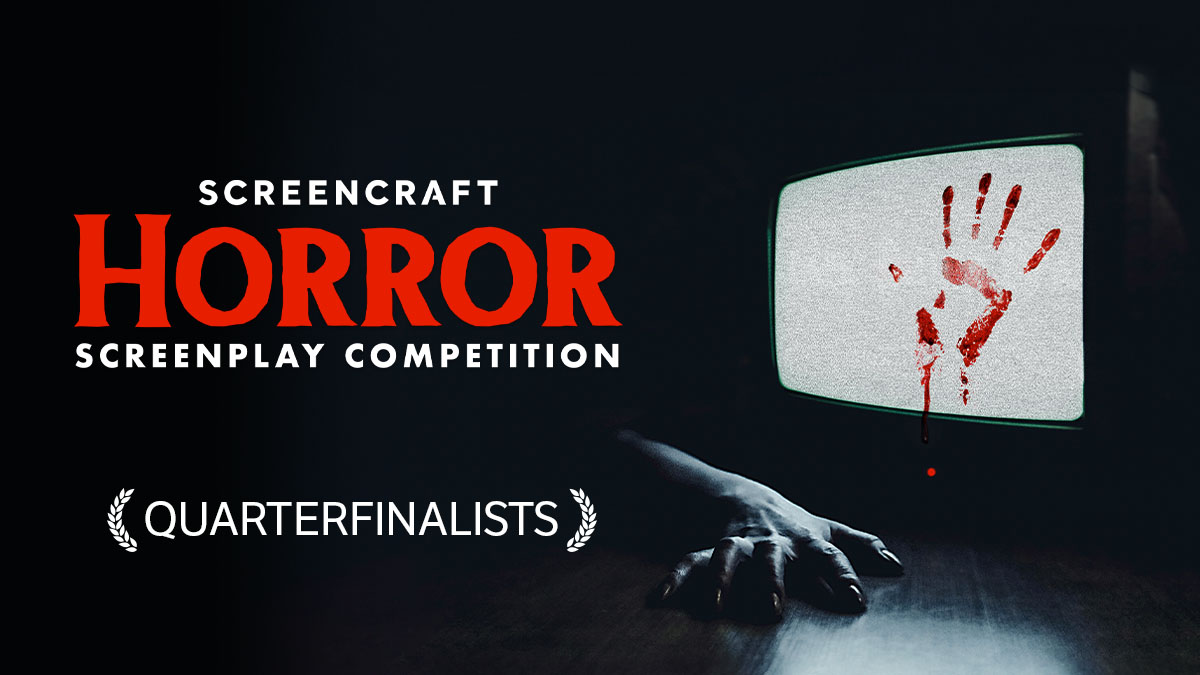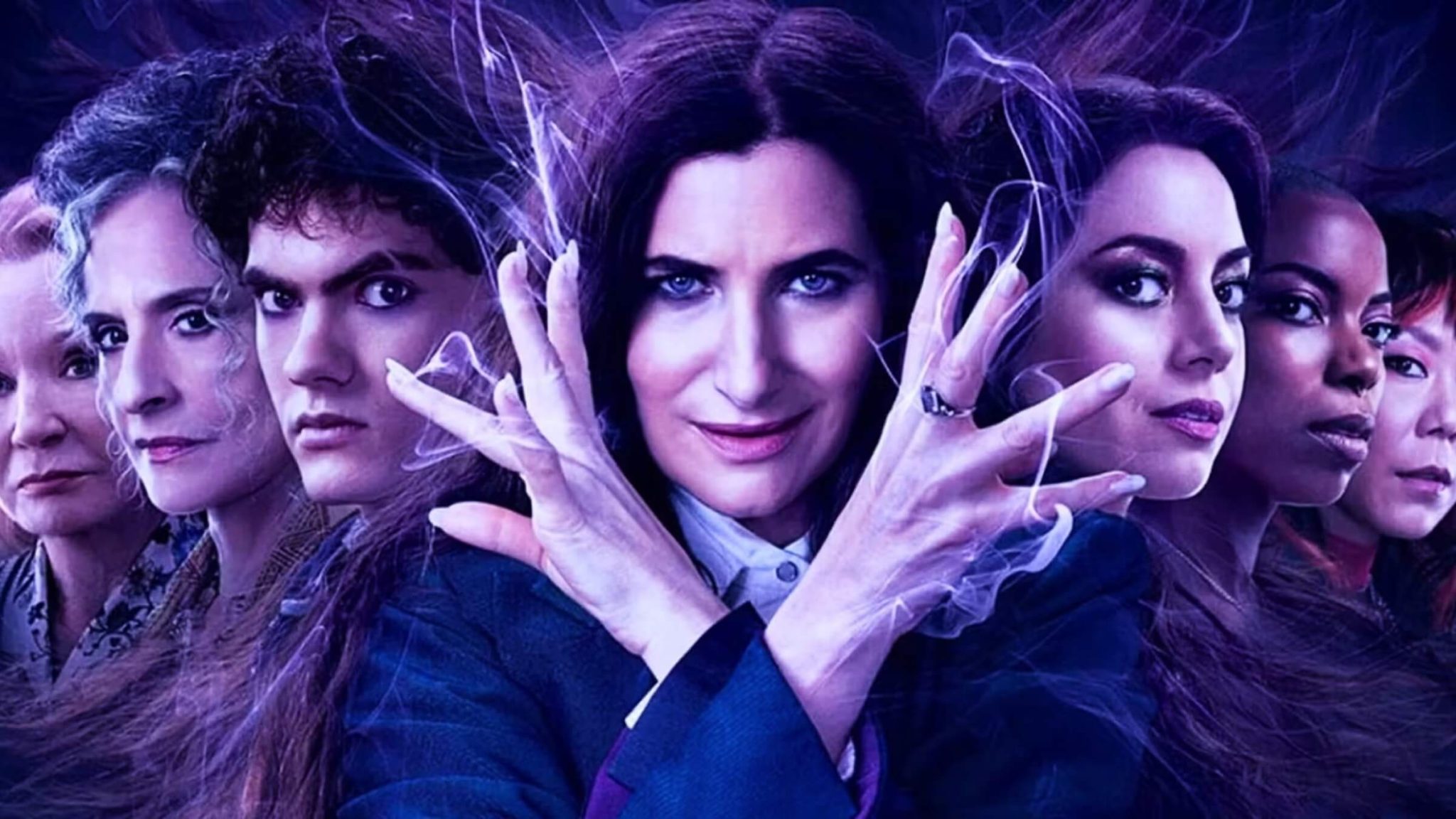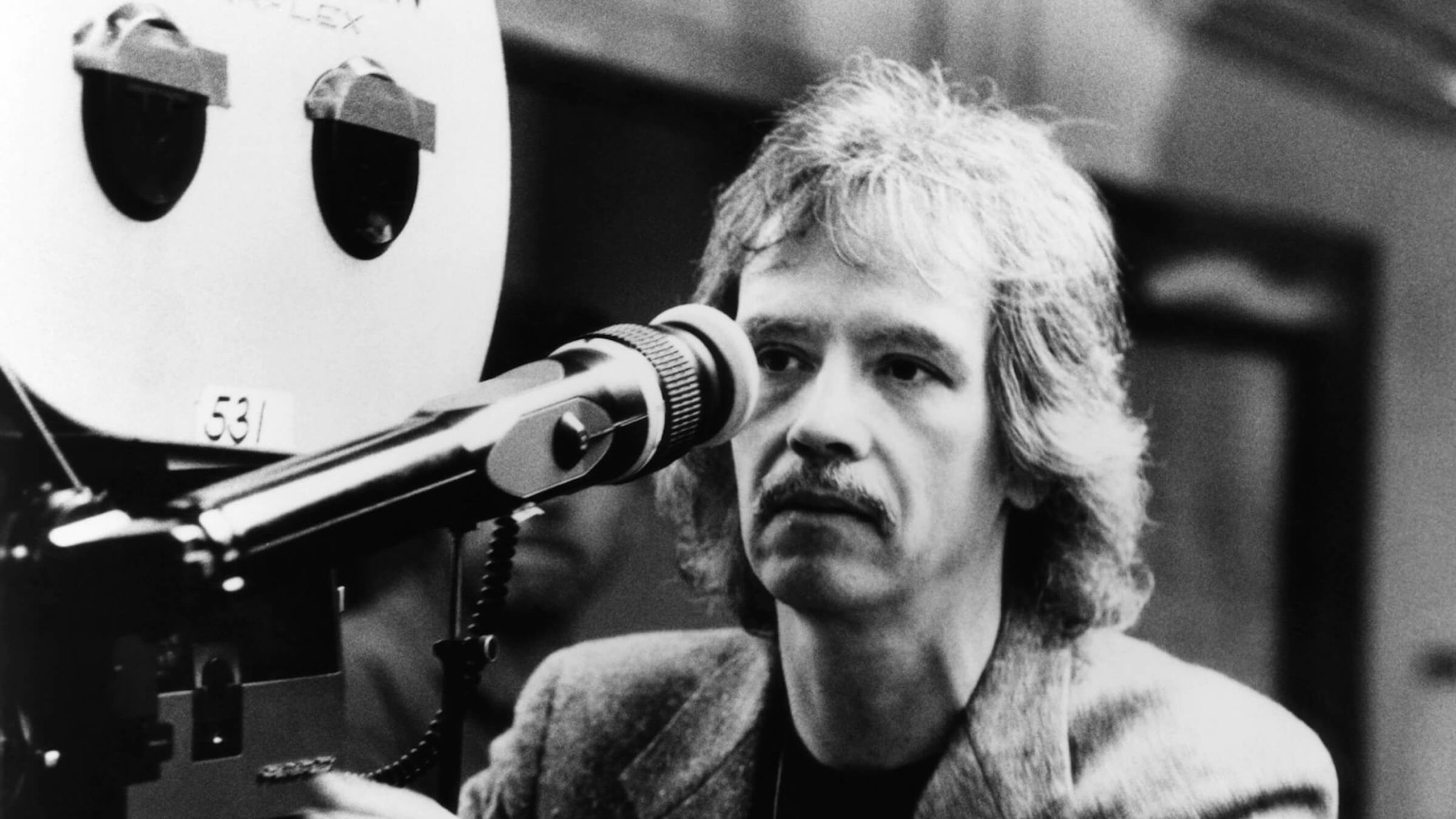Wanna Get Noticed in the Industry? Write Horror.

Horror isn't for everyone. And if horror isn't your cup of tea, feel free to disregard this advice.

We're celebrating horror this month, because it's the time of the year when we have our annual ScreenCraft Horror Screenplay Competition!

Here is some advice from ScreenCraft finalist Tom Radovich:
Horror seems to be the most under-appreciated genre, doesn’t it? It rarely gets love from the Oscars, the Tomatometer isn’t very kind to it, and it’s dismissed by your parents as “trash.”
And like Jason Voorhees, it refuses to die. That’s a great thing for new writers.
Horror is the best genre for writers to get noticed. Granted, if you write a great script, it doesn’t matter what genre you write. But if you want to see your films get made and screened in front of audiences, horror is your best bet.
And there are many reasons for this…
Horror is the most inexpensive genre.
Think of how many filmmakers got their start in low budget horror: James Wan and Leigh Whannell with Saw. Sam Raimi with The Evil Dead. James Gunn with Tromeo & Juliet. Jordan Peele with Get Out.
One of my favorite examples is David F. Sandberg, who made the unforgettable three minute short film Lights Out (see the short film here, with the lights on):
With essentially no budget, Sandberg wrote and directed a simple, scary idea that got him noticed. It led to him directing the feature version of Lights Out produced by Lawrence Grey (who has served as a ScreenCraft Fellowship mentor), James Wan, and Eric Heisserer and adapted by Heisserer (who served as ScreenCraft mentor at the ScreenCraft Writers Summit).
Fast-forward to Sandberg directing Shazam!, one of my favorite superhero films with plenty of horror imagery (specifically, the villains). All because he made a great, no budget short in an apartment.
One of the glorious things about horror is that can be inexpensive. It’s easier to make a horror film over a biopic or an action/sci-fi opus which typically demand higher production value in order to be commercially successful.
This is because…
In horror, the genre is the star.
One of the reasons horror is so inexpensive is that a horror premise puts people in seats. Horror has a built-in audience who loves being scared. And I argue being scared in a theater full of other people is a healthy and/or fun way of dealing with fear.
So you don’t technically need known actors to portray your characters; you need to write characters the audience can identify with. When we identify with the characters, we’re scared for them. If they die, then we die with them.
Look at Paranormal Activity, Unfriended, and The Blair Witch Project; three found footage movies that relied on absolutely zero star power. I’m not saying to write a found footage movie, but don’t approach your script with the mindset, “I need to write this with A-listers in mind.”
Also, actors want to play interesting characters, regardless of genre. If you write an interesting character, you may get a notable actor to star.
Speaking of…
Horror helps create stars.
A horror film can be good exposure for up-and-coming actors (Side note: please don’t pay your actors or crew with “exposure”).
Sigourney Weaver became a household name after Alien. After many supporting roles, Jessica Rothe got her chance to shine as the lead in Happy Death Day. And you can play six degrees of separation with Friday the 13th (1980), as it's one of Kevin Bacon’s first roles.
And don’t forget that horror helps promising actors early in their careers continue their craft, like Leonardo DiCaprio in Critters 3 or George Clooney in Return to Horror High.
Look, I’m not calling Critters 3 a great work of cinema, but would we have Leo’s performances in The Departed or The Wolf of Wall Street without it?
Have something to say? Scare people with it.
Personally, I want to make the kind of movies that let people forget about the slog of real life for two hours. Pure, escapist fun is my bag.
But that doesn’t mean you can’t write about an issue that’s important to you. Look what Get Out and Night of the Living Dead (1968) did. Decades apart from each other, these two films addressed race relations that were relevant to their time. And they both did it with low budgets.
Of course, subtlety is always better with message films. The more blatant you are in your message, the more manipulated the audience will feel. But if there’s a monster in your life, you can make it a “monster” in your film. Just like in They Live or Dawn of the Dead (both of them).
I really love Sam Raimi’s Drag Me to Hell. Not just because it’s an endlessly entertaining film, but on repeat viewings, I pick up that it’s also very subtly about eating disorders.
You can write as many risks as you want, so long as you keep the budget low.
I’ve written comedy, family, thriller, action, and Christmas features. But no genre has ever felt as freeing to write than horror.
This is because you can write about anything and break as many rules as you want…
So long as you keep the budget low.
Horror is the film genre that’s taking the most risks right now. I applaud Blumhouse Productions for making so many horror films that give their filmmakers an unprecedented amount of creative control. But there’s a reason these filmmakers have creative control: the Blumhouse model for original (non-sequel, non-remake) films is $6 million or less.
$6 million or less is what you should keep in mind if you want to be noticed. $1 million or less is even better. But the reason why $6 million is the magic number is because it’s a low risk for the studios to invest in. They can still make their money back if it flops in theaters. But horror is less likely to flop than other genres because of the aforementioned audience who shows up to see it.
Okay, how do I keep it $6 million or less?
First of all, I always think you should write what your gut tells you to write. At least for your first draft. Maybe on your second or third draft, you can do a “cost-effective” pass.
But there are a few ways you can get your point across in $6 mil or less…
- Stick your film in one basic location. A house. An office. An underground bunker. You may have a few extra locations in the intro or conclusion for story reasons, but keep your story in a bottle. Limit the amount of shooting locations, as they add to the number of shooting days. A movie like The Purge (the first, not the sequels) is a home invasion movie, despite the premise sounding pretty high budget. Because they kept the majority of the movie in the house.
- Limit the amount of speaking roles. Each speaking role costs money, unless you get actors to work for a deferred fee, but you better have written a flawless script to get an actor to work for near free. And try not to use crowd scenes and extras if you can. Ask if you really need that scene at the Cubs game. Can you get that scene’s point across elsewhere?
- Less gore is cheaper. Gore costs more money than you think. Granted, I’m a bit of a hypocrite on this rule because gore is really funny to me when I write horror/comedies.
- Make it a modern day story. I don’t want to stop you from making a period piece a la The Lighthouse or The VVitch. You should always write with your gut. But period pieces cost more money than modern day stories. There’s a lot of exhaustive and costly elements (wardrobe, dialect, props, technology, picture cars) you must do to convince the audience you’ve transported them to another time. It’s the difference between being immersed in the story or watching actors in period clothing.
- Write for locations you know you can secure. Granted, this guideline is for writer/directors and writer/producers, but if you craft your story around a location you know you can shoot in, you will think of the story in terms of “how can I plausibly shoot this?” And that will help with keeping the budget low.
There are many different shades of horror
Maybe you like the disturbing art house films of A24. Or maybe you like the in-jokey camp of Troma. Or you really enjoy the popcorn, scary fun of The Conjuring universe. Or you can dissect the nature humanity like some of the films on the Criterion Channel. Or maybe you simply love gore, thanks to our friends at Fangoria.
You can write any style of horror you want.
Personally, I love writing horror comedies. Because horror and comedy are very close cousins. Both deal with setup and payoff. It’s just that the payoff is much different (comedy: haha! horror: AAAHH!).
And that’s why you should be writing horror, new writer. You can get as risky as you want on the page. But I can’t stress this enough; if you want to increase your chances of getting it produced, write for as low a budget as low as possible.
Read More: How to Write a Great Christmas Horror Movie
----
About the author:
Tom Radovich loves creating popcorn entertainment that Sam Raimi, Chris Columbus, and James Gunn were known for in their early days. He's worked at Blumhouse Productions and graduated Loyola Marymount University with an MFA in Writing for the Screen in 2018. He's also a producer and made a proof of concept short with his creative partner titled "The Graveyard Shift." Tom was a finalist in the ScreenCraft Screenwriting Fellowship and subsequently signed with a manager at Zero Gravity.
Tags
Get Our Screenwriting Newsletter!
Get weekly writing inspiration delivered to your inbox - including industry news, popular articles, and more!









